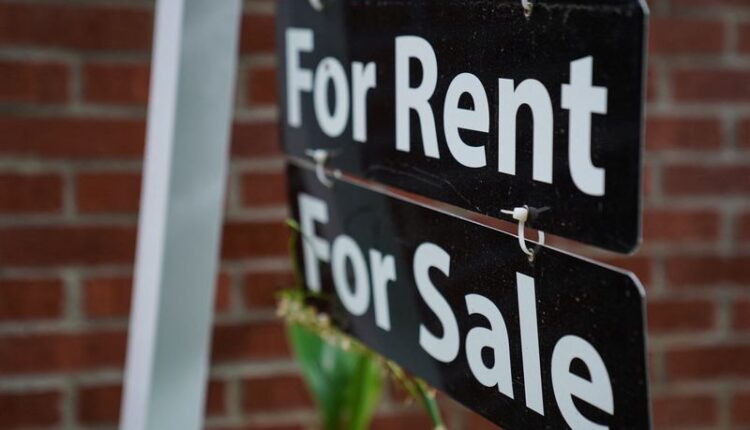US new home sales rise less than expected in January
By Lucia Mutikani
WASHINGTON (Reuters) -Sales of new U.S. single-family homes rose less than expected in January amid a sharp decline in the South region, but demand for new construction remains underpinned by a persistent shortage of previously owned homes.
New home sales increased 1.5% to a seasonally adjusted annual rate of 661,000 units last month, the Commerce Department’s Census Bureau said on Monday. The sales pace for December was revised lower to 651,000 units from the previously reported 664,000 units.
“The new side of the housing market continues to greatly outperform when measured against the market for existing homes,” said Daniel Vielhaber, an economist at Nationwide. “As the existing home inventory shortage persists, buyers continue to be pushed into the market for new homes.”
Economists polled by Reuters had forecast new home sales, which account for about 14.2% of U.S. home sales, would rise to a rate of 680,000 units. Large parts of the country experienced freezing temperatures in January, which could have kept some potential buyers home. The frigid weather weighed on retail sales, homebuilding and factory production in January.
New home sales are counted at the signing of a contract, making them a leading indicator of the housing market. They, however, can be volatile on a month-to-month basis. Sales rose 1.8% on a year-on-year basis in January.
Monthly sales soared 72.0% in the Northeast and surged 38.7% in the West. They rose 7.7% in the Midwest. Sales in the densely populated South plunged 15.6% to the lowest level since September 2022.
A survey from the National Homebuilders Association last week showed measures of sales over the next six months and prospective buyers rising to six-month highs in February.
But home sales could remain moderate in the coming months as mortgage rates have resumed their upward trend after financial markets pushed back expectations for the first Federal Reserve interest rate cut to June from May.
‘LOCK-IN’ EFFECT
Nonetheless, economists still expect mortgage rates to trend lower this year. That, together with the existing homes crunch as many homeowners hold mortgage rates below 4%, suggests the new housing market has further room to run.
“The bigger picture is that we think mortgage rate ‘lock-in’ is here to stay, which should continue to act as a tailwind for the new homes market,” said Thomas Ryan, property economist at Capital Economics.
The average rate on the popular 30-year fixed-rate mortgage rose to 6.90% last week from 6.77% in the prior week, according to data from mortgage finance agency Freddie Mac. It has risen from 6.62% at the beginning of the year, but is down from 7.79% in late October, which was the highest level since 2000.
The median new house price in January was $420,700, a 2.6% decrease from a year ago. The pace of decline has, however, slowed as builders pull back on incentives, including price cuts. The NAHB survey showed the share of builders reporting offering price reductions dropped to 25% in February from 31% in January and 36% in the last two months of 2023.
Most of the homes sold last month were in the $300,000-$749,000 price range.
There were 456,000 new homes on the market at the end of January, up from 452,000 in December. At January’s sales pace it would take 8.3 months to clear the supply of houses on the market, unchanged from December.
Houses under construction accounted for 59.2% of inventory. Homes yet to be built made up 23.2% of supply, while completed houses accounted for 17.5%.

